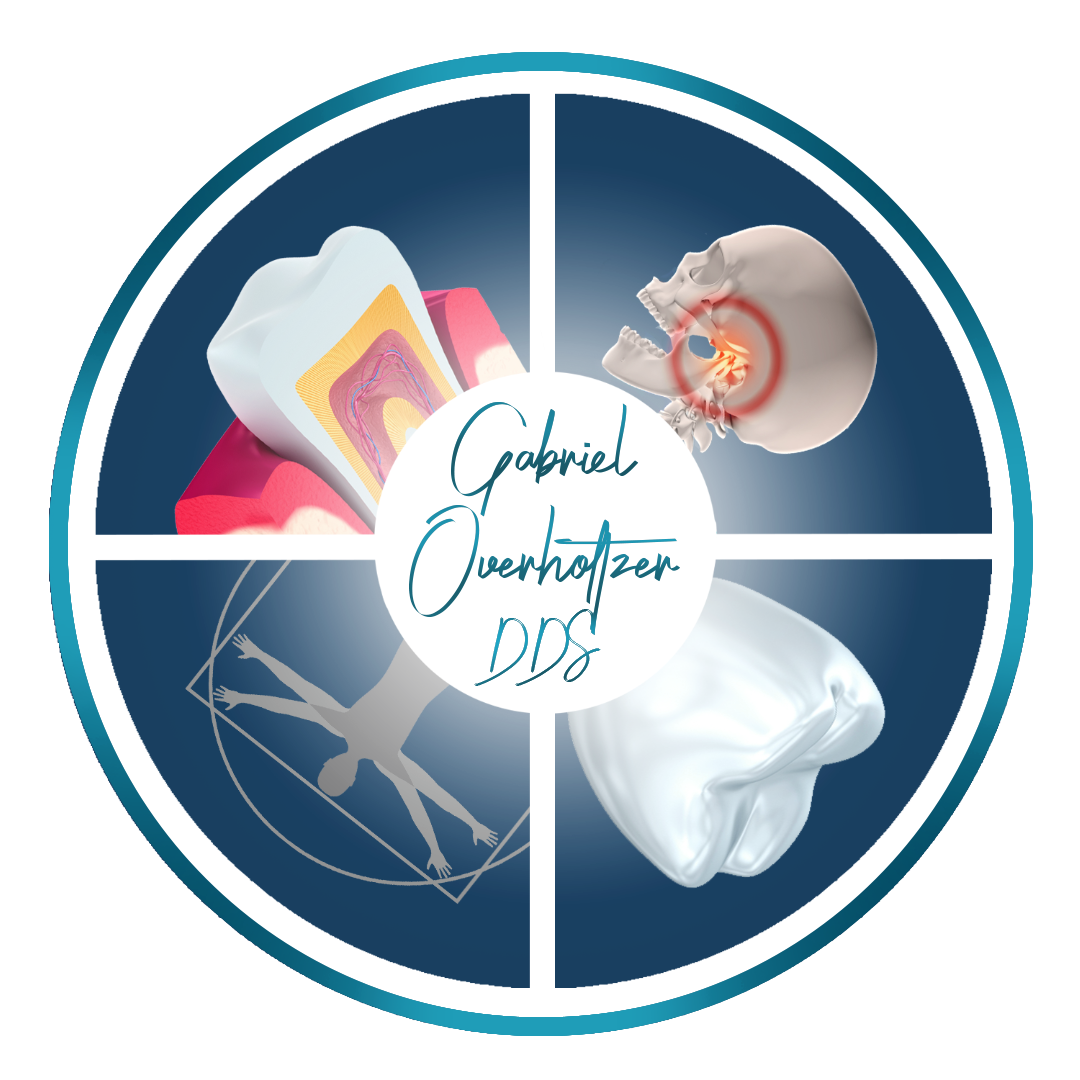Tooth extraction is a dental procedure that involves the removal of a tooth from its socket in the bone. While preserving natural teeth is the primary goal of dental care, there are situations where tooth extraction becomes necessary. In this article, we will explore six common scenarios that may require tooth extraction to ensure overall dental health.
1. Severe Tooth Decay
Severe tooth decay, also known as advanced dental caries, can lead to the weakening and destruction of tooth structure. In cases where the decay has progressed extensively and compromised the tooth’s integrity, extraction may be the only viable option. Removing a severely decayed tooth is crucial to prevent the spread of infection and maintain overall oral health.
2. Impacted Wisdom Teeth
Wisdom teeth, also called third molars, typically emerge during the late teens or early twenties. However, they often do not have enough space to properly erupt, leading to impaction. Impacted wisdom teeth can cause pain, swelling, and even lead to the misalignment of other teeth. In such cases, dentists may recommend the extraction of impacted wisdom teeth to alleviate discomfort and prevent dental issues.
3. Orthodontic Treatment
Orthodontic treatment is often used to correct misaligned teeth and jaws. In some cases, the removal of one or more teeth is necessary to create sufficient space for orthodontic procedures like braces or aligners. Tooth extraction, when recommended by an orthodontist, is a strategic step in achieving proper dental alignment.
4. Periodontal Disease
Periodontal disease, or gum disease, can lead to the loss of supporting bone around the teeth. As the disease progresses, the teeth may become loose, causing pain and increasing the risk of further complications. In advanced stages of periodontal disease, tooth extraction may be required to protect the health of the remaining teeth and prevent the spread of infection.
5. Broken or Fractured Teeth
Teeth that are severely broken or fractured beyond repair may need to be extracted. In some cases, trauma, accidents, or excessive wear can lead to tooth damage that cannot be effectively treated with restorative procedures like crowns or bonding. Tooth extraction is a necessary step to prevent infection and restore oral health.
6. Crowded or Supernumerary Teeth
Overcrowding, or having extra teeth (supernumerary teeth), can affect dental alignment and overall oral health. In cases where there is insufficient space for all the teeth to fit properly, extraction of one or more teeth may be necessary to alleviate crowding and improve dental alignment. This is often done in preparation for orthodontic treatment.
Conclusion
Tooth extraction is a dental procedure that is performed when preserving a tooth is no longer viable or when it is necessary to maintain overall dental health. Common scenarios that may require tooth extraction include severe tooth decay, impacted wisdom teeth, orthodontic treatment, periodontal disease, broken or fractured teeth, and crowded or supernumerary teeth. Dentists carefully evaluate each case to determine whether extraction is the best course of action, considering the patient’s oral health and overall well-being. While tooth extraction may be a necessary step in certain situations, modern dentistry offers a wide range of restorative and replacement options to help patients maintain their smiles and oral health. If you need tooth extraction in Bishop due to any of the aforementioned reasons you can visit Skyline Family Dental – Gabriel Overholtzer DDS. Here skilled dentists will provide you with tooth extraction 93514 and give appropriate after care tips.
